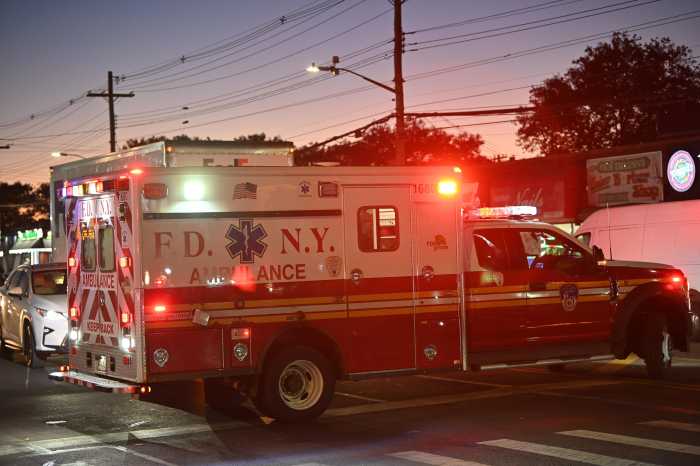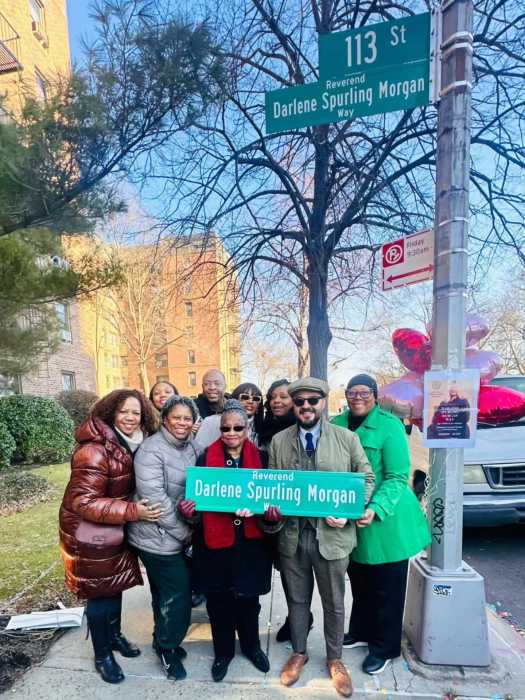By Patrick Donachie
The New York City Housing Authority needs to take responsibility for apartments in its complexes that may need abatements to offset the dangers of lead poisoning, elected officials said Monday morning.
City Council members Rory Lancman (D-Hillcrest) and Barry Grodenchik (D-Oakland Gardens) joined U.S. Rep. Grace Meng (D-Flushing), state Assemblyman Michael Simanowitz (D-Flushing) and state Sen. Toby Stavisky (D-Flushing) at the Pomonok Houses, a NYCHA development in Flushing, to criticize what they said was “horrific” inaction on the part of NYCHA.
The city Department of Health is required by law to inspect any apartment where a child under 6 has tested positive for elevated lead levels in his or her blood. The DOH found elevated lead levels in 63 different NYCHA apartments during the last five years. However, NYCHA determined that only 17 of those apartments contained harmful lead levels, according to Lancman. He blasted NYCHA for refusing to acknowledge that there may be a lead paint danger inside the affected apartments.
“It’s completely unacceptable that NYCHA would ever challenge a New York City Department of Health determination that an apartment has lead in it and abatement needs to occur,” Lancman said.
NYCHA contends that the Health Department only found one child with elevated lead in blood in the Pomonok Houses since 2010, and found no hazardous lead paint in the apartment. According to NYCHA and the DOH, 201 children living at or visitors to 121 NYCHA units showed elevated lead levels, and of those units, the DOH found lead paint hazards in 17 of them.
“Lead poisoning in New York City is at an historic low,” DOH Commissioner Dr. Mary Bassett said. “The vast majority of lead poisoning cases are found in private housing, not in NYCHA buildings. Prevention and abatement efforts at NYCHA properties are an unqualified success.”
Monica Corbett, the president of the Pomonok Houses’ Residents Association, said her son had elevated lead levels and suffered from developmental delays as a result. She said she did not initially consider the possibility that the lead poisoning could have occurred in the NYCHA development.
“I blamed everything else,” she said, “instead of looking where I lived.”
Lead poisoning can often be difficult to detect. Excessive lead levels in the blood can lead to developmental delays and learning disabilities in children, fatigue and behavioral problems. Lead paint posioning can occur in children if they eat chipped paint pieces that are based in lead. The use of lead-based paint in residential buildings was banned in New York in 1960, but many NYCHA developments were built prior to the ban, including Pomonok Houses, which opened in 1952.
Lancman also said he was introducing legislation to the City Council that would require NYCHA to investigate every NYCHA apartment where a child under the age of six lives for signs of elevated lead levels and lead-paint usage. Lancman estimated that approximately 10,000 apartments that could potentially contain lead paint have children under the age of 6 living in them.
“We should not be waiting until a kid tests positive for lead poisoning and then go investigate whether the apartments have lead in it,” he said.
Reach reporter Patrick Donachie by e-mail at pdona



































